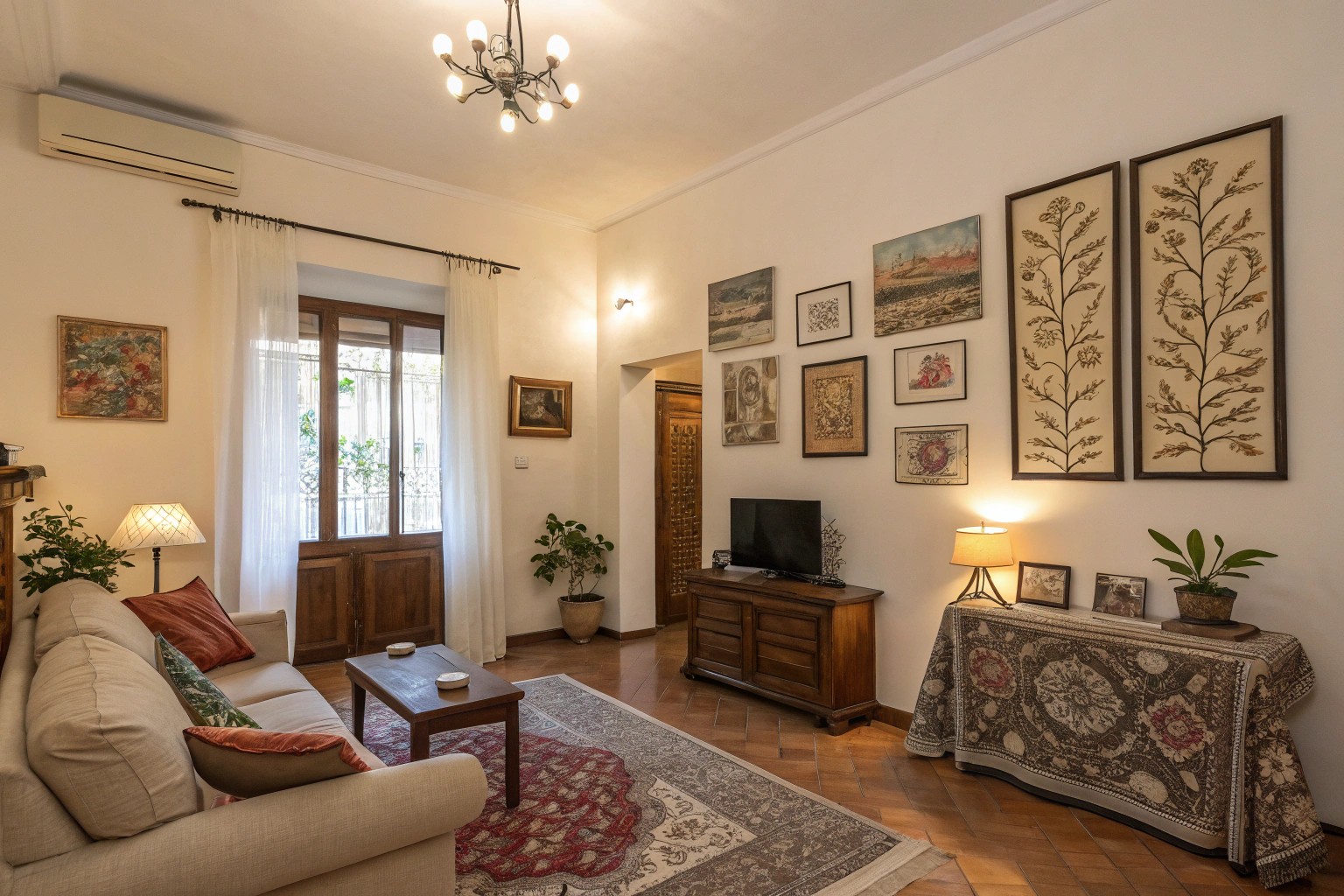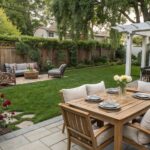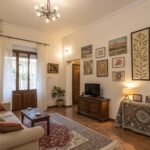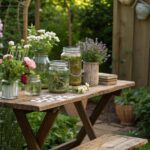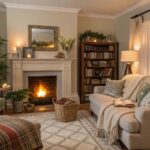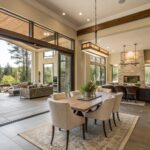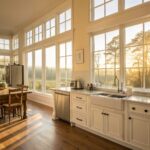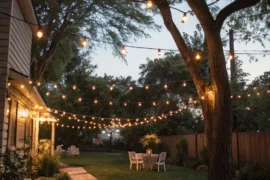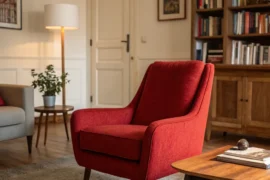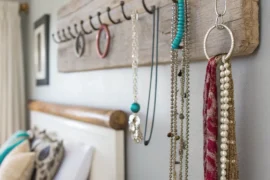Art is for everyone. Through my years in interior design, I’ve witnessed the most powerful pieces in any space often being not expensive gallery purchases, but personal creations that tell unique stories. The self-made art projects that clients initially apologize for—often saying something like, “Oh, I’m not an artist”—frequently become the most compelling elements in their homes. This guide will help you discover approachable ways to create meaningful art for your spaces, even if you’ve never considered yourself creative.
Redefining Art for Non-Artists
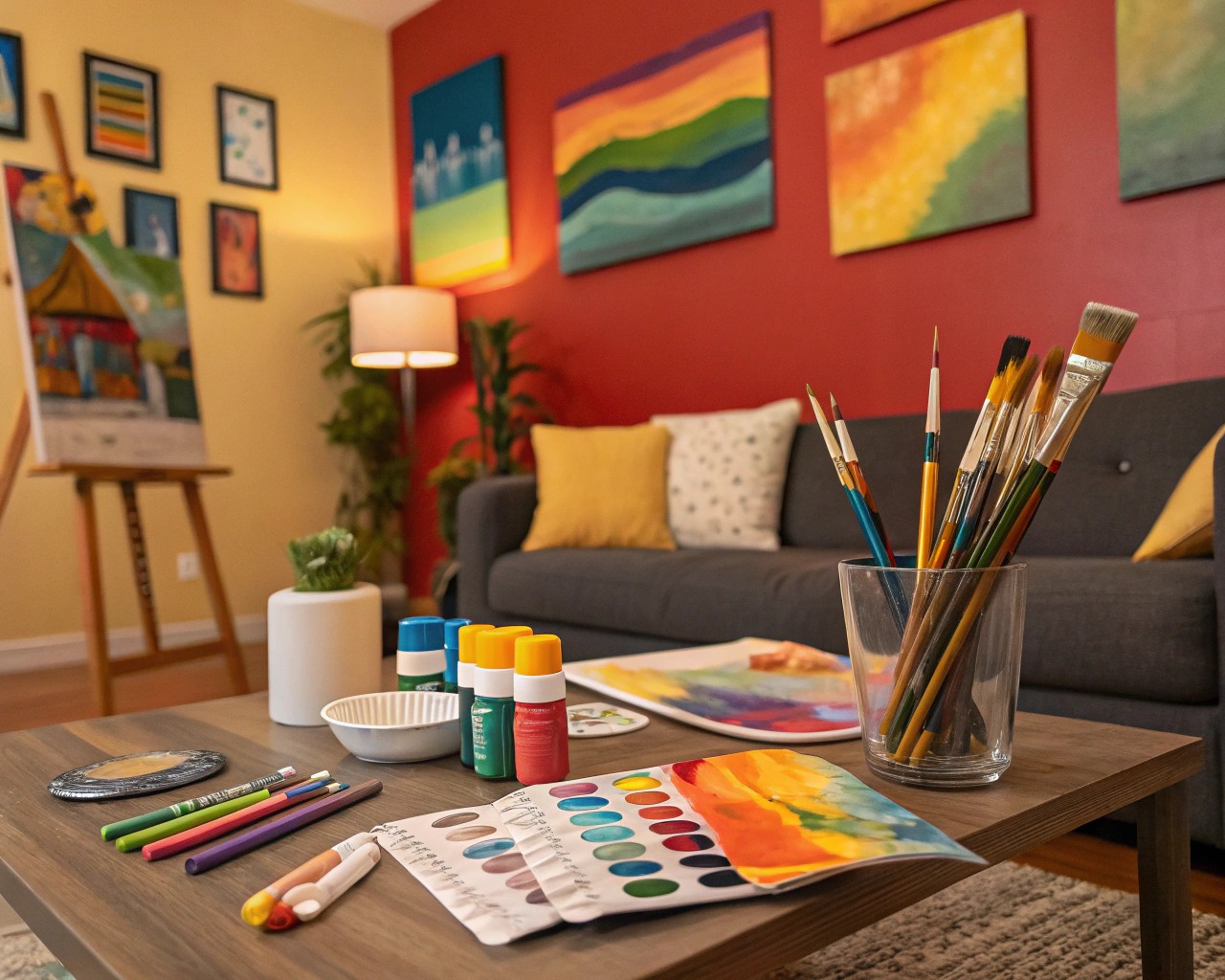
The phrase “I’m not very creative” is something many people admit at some point. This belief often stems from a narrow definition of art that focuses on technical skill rather than expression. What makes a person an artist isn’t their technical ability but their willingness to create.
Vincent Van Gogh noted the intricate beauty surrounding us in nature, reminding us that creativity is ever-present—we simply need to engage with it.
Case Study: Maria’s Dining Room Transformation
Maria, a corporate lawyer, contacted our firm to redesign her dining area. During our consultation, she expressed a desire for what she termed “actual art,” dismissing her own creations from a workshop as mere “amateur attempts.” When I asked to see these pieces, I discovered vibrant abstract canvases that captured emotion in ways professional pieces often miss.
“These aren’t amateur,” I told her. “These are you.” Today, her dining room features her own creations as focal points, generating more conversation than any purchased piece could.
Why Personal Art Matters in Your Space
Art in interior design is widely regarded as essential for breathing life, character, and emotion into living areas. Personal art takes this further—it infuses spaces with authenticity that purchased art, no matter how beautiful, simply cannot match.
When you create art for your own space, several powerful things happen:
- The space becomes uniquely yours in a way no designer could replicate
- You develop a deeper connection to your environment
- Your home tells an authentic story about who you are
- You experience the satisfaction of seeing your own creation daily
As an interior designer, I’ve found that clients who incorporate their own creations into their spaces report a stronger emotional connection to their homes. Art doesn’t need to match your sofa—it needs to match your soul.
Finding Your Creative Medium

One of the biggest barriers to creating art is not knowing where to begin. The good news is that there are countless mediums, many requiring no traditional “artistic” skill at all.
Art Mediums for “Non-Artists”
| Medium | Skill Required | Materials Cost | Beginner-Friendly | Space Needed |
|---|---|---|---|---|
| Collage | Very Low | Low | ★★★★★ | Minimal |
| Abstract Painting | Low | Medium | ★★★★☆ | Medium |
| Photography | Low-Medium | Varies | ★★★★☆ | Minimal |
| Mixed Media | Low | Medium | ★★★★☆ | Medium |
| Textile Art | Medium | Medium-High | ★★★☆☆ | Medium |
| Sculpture Assembly | Low | Varies | ★★★★☆ | Medium-Large |
| Digital Art | Medium | High (initially) | ★★★☆☆ | Minimal |
| Nature Art | Very Low | Very Low | ★★★★★ | Varies |
We often recommend starting with collage or abstract techniques for clients who feel intimidated by traditional art forms. These approaches allow for exploration without the pressure of representation.
Approachable Art Projects for Different Spaces
For Living Spaces
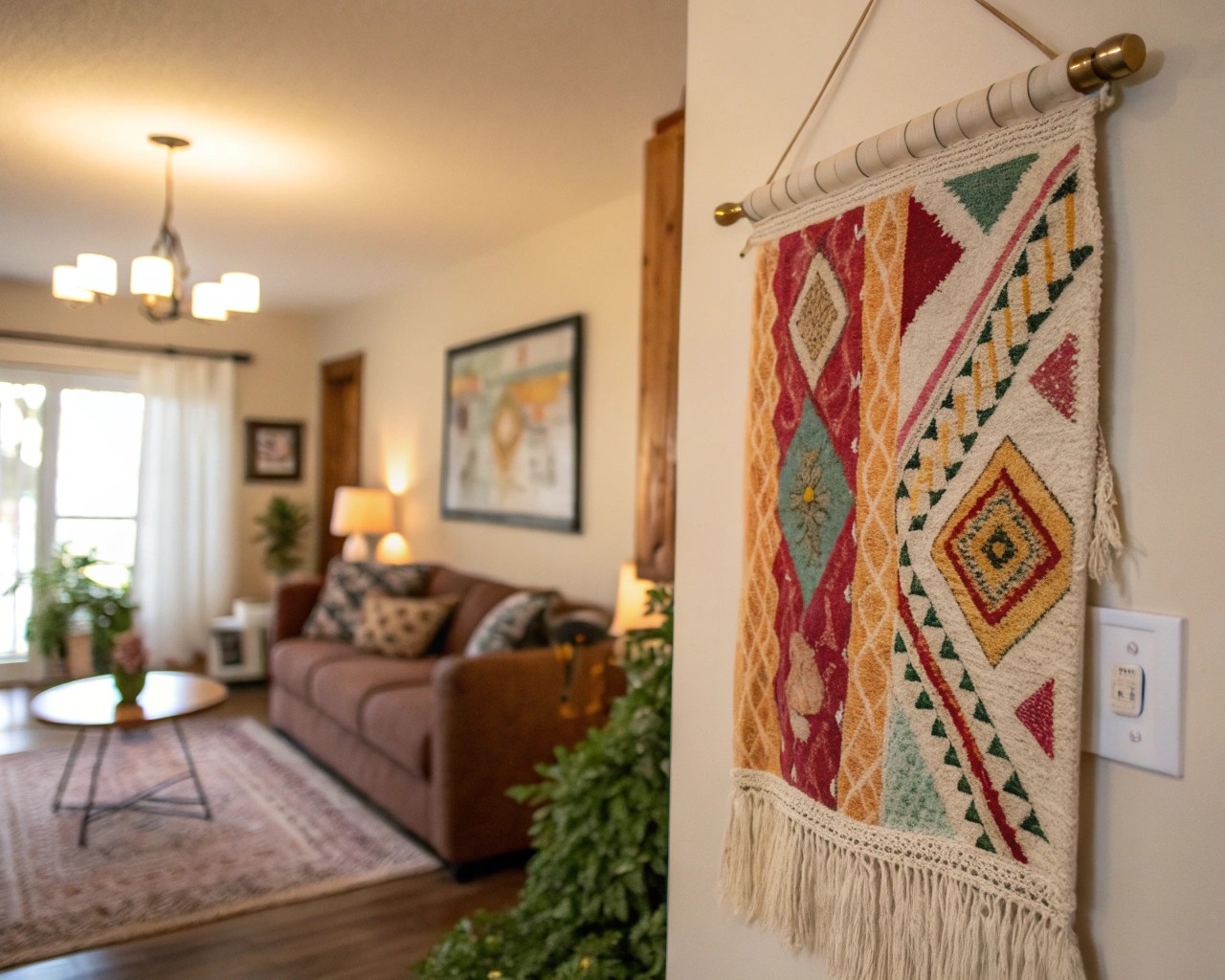
- Swipe Art: This technique involves placing blots of paint and swiping them across a surface for instant abstract art—perfect for creating statement pieces.
- Textile Hangings: Experiment with simple weaving or fabric dyeing to create textural wall pieces that add warmth.
- Assembled Sculptures: Arrange and mount meaningful objects (driftwood, stones, metal findings) into sculptural pieces that can serve as conversation starters.
For Garden Spaces
Drawing from garden design case studies:
- Stepping Stone Mosaics: Create personalized pathways using simple mosaic techniques with broken ceramics or glass.
- Living Art Installations: Design sculptural planters or living walls that evolve with the seasons.
- Weather-Resistant Canvas Art: Create outdoor-specific paintings using acrylic paints with weather-resistant sealers.
Case Study: The Johnson Garden Transformation
A retired couple, the Johnsons, wanted to revitalize their garden but were working within a strict budget. Instead of purchasing expensive garden art, we guided them through creating their own. Mr. Johnson repurposed old wood into sculptural pieces, while Mrs. Johnson created mosaic stepping stones from broken ceramics.
“Visitors ask where we bought the pieces,” Mrs. Johnson told me, “They’re always surprised when we say we made them.”
Techniques Anyone Can Master
You don’t need years of training to create meaningful art. These techniques are accessible to absolute beginners while offering room for growth as your confidence builds.
10 Foolproof Artistic Techniques for “Non-Artists”:
- Collage and Paint Blending: Combine cut images with painting for an extra dimension. Paint the background and collage on top or blend by painting over parts of your collage.
- String Art: This popular craft involves creating geometric or freeform patterns by wrapping string around strategically placed nails or pins.
- Alcohol Ink on Tile: Drop alcohol inks onto ceramic tiles for vibrant, flowing abstract designs.
- Nature Printing: Press leaves, flowers, or other natural items into paint, then onto surfaces.
- Tape Resist Painting: Apply tape in patterns, paint over it, then remove the tape to reveal clean lines.
- Found Object Assembly: Arrange and connect found objects into sculptural pieces.
- Simple Block Printing: Carve simple designs into foam or potatoes for stamping patterns.
- Paint Pouring: Create flowing abstract designs by pouring mixed acrylic paints.
- Zen Garden: Create a mini Zen garden as a soothing project. Raking patterns in sand can help you relax and center your thoughts.
- Book Edge Decorating: Paint the edges of an old book to transform it into a decorative piece.
Incorporating Your Art into Interior Design
Creating art is just the beginning—displaying it effectively completes the process. Many interior designers emphasize that how artwork is displayed serves as the crucial finishing layer for any well-designed interior.
Placement Strategies
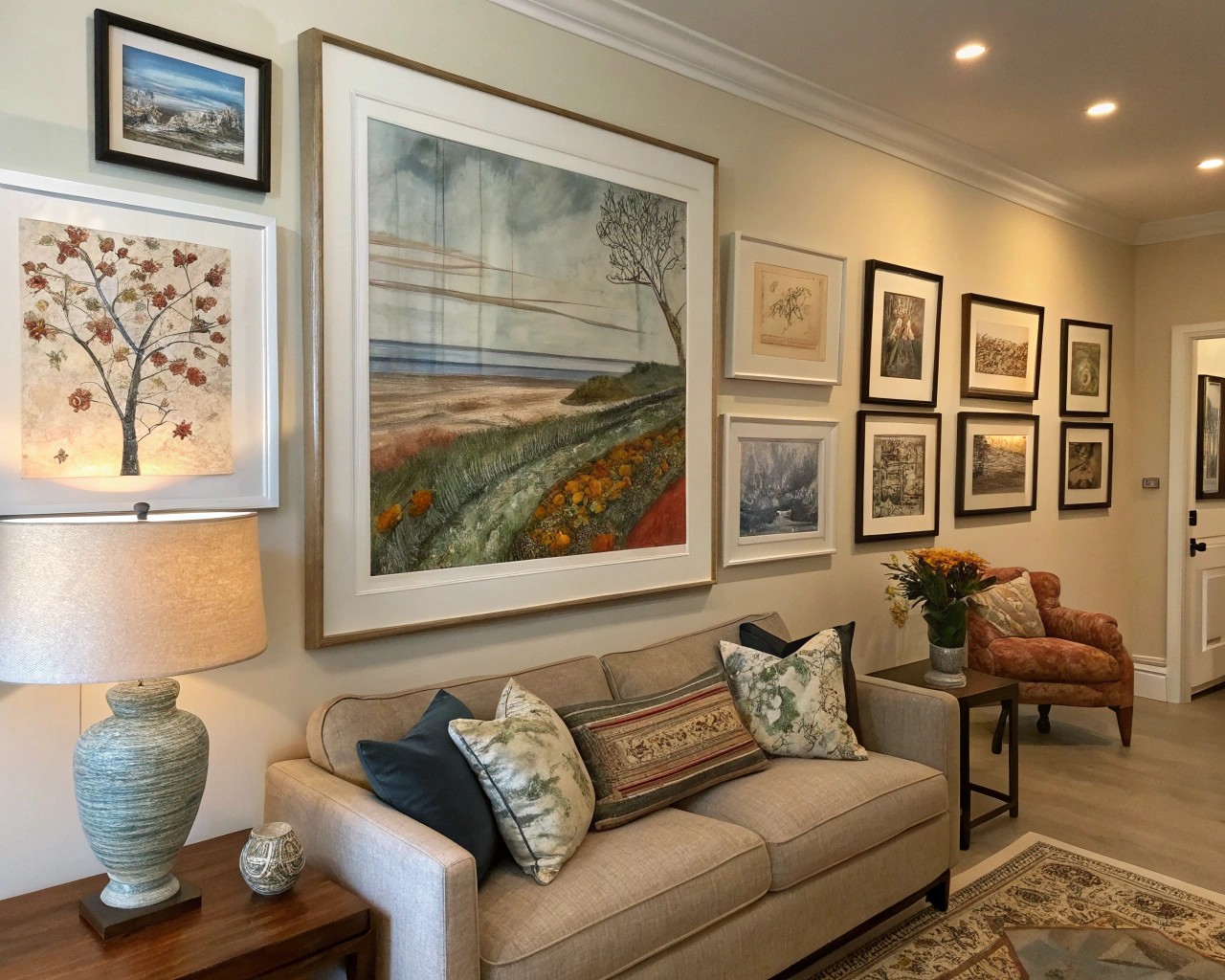
- Focal Point Placement: Position larger pieces where they naturally draw the eye upon entering a room.
- Conversation Areas: Place intriguing pieces near seating areas to spark discussion.
- Unexpected Places: Positioning art in less obvious locations, like above doorways or along staircases, can effectively draw attention to details that might otherwise be overlooked.
- Height Considerations: Interior designers recommend hanging art so that its center is at eye level, approximately 57-60 inches from the floor.
Client Story: The Office Transformation
A client who ran a small creative agency contacted us about redesigning their office space. During our initial meeting, I noticed their employees often sketched during brainstorming sessions. Instead of purchasing generic office art, we created a rotating gallery of employee creations.
Not only did this save on design costs, but it also boosted morale and creativity throughout the office. Clients commented on the unique energy of the space, never guessing the art was created in-house.
Overcoming the “I’m Not Creative” Mindset
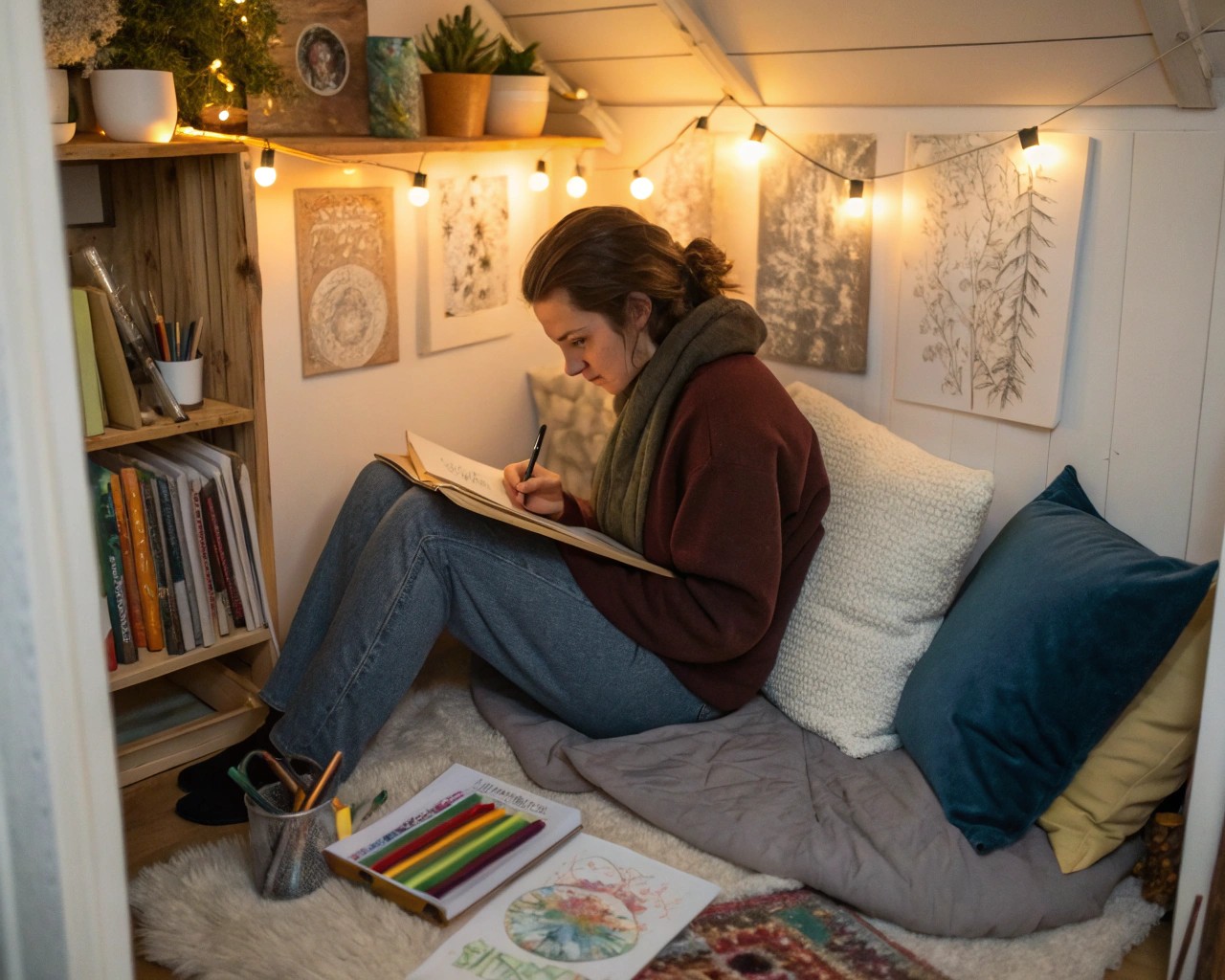
The biggest obstacle to creating art isn’t lack of skill—it’s believing you can’t do it. It helps to remember that we all engage in creative acts constantly; life itself can be seen as a canvas upon which we paint our experiences.
Breaking Through Mental Barriers
- Reframe “Art” as “Creating”: This removes the pressure of producing something museum-worthy. Focusing more on the *process* rather than worrying about the *result* is key.
- Embrace Imperfection: Understand that imperfections often give art its character and uniqueness.
- Focus on Process: Enjoy the act of creating rather than fixating on the outcome.
- Start Small: Begin with modest projects to build confidence.
When working with clients hesitant to create their own art, we often start with temporary installations or pieces that can evolve over time. This removes the pressure of permanence and allows for experimentation.
Art Creation as Self-Care and Design Strategy
Creating art offers benefits far beyond decoration. Creative activities can help counter feelings of despondency, including seasonal affective disorder. For many clients, personal art creation becomes a form of self-care and enhances their connection to their spaces.
Therapeutic Benefits in Design
- Personalized Healing Spaces: We’ve guided clients through creating art for bedrooms and meditation areas that specifically support emotional wellbeing.
- Seasonal Refreshes: Creating new art pieces for different seasons helps spaces feel dynamic and responsive to change.
- Family Collaboration: Some of our most successful projects involve family members creating collaborative art pieces, strengthening both their relationships and connection to their home.
Case Study: Linda’s Healing Space
After losing her husband, Linda contacted us to redesign her home. “I need a fresh start,” she explained. During our discussions, I noticed her absently arranging color swatches in interesting patterns.
I suggested a simple collage project using materials that reminded her of positive memories. This evolved into a series of mixed media pieces incorporating fabric from his shirts, maps from their travels, and pressed flowers from their garden.
“These pieces let me honor our past while creating something new,” Linda shared. The art creation process became part of her healing journey, and the resulting pieces now serve as meaningful focal points throughout her home.
Art and the Elements of Design
Creating your own art allows you to directly engage with the seven elements of design: space, line, form, texture, color, light, and pattern. When you understand these elements, you can create pieces that intentionally enhance your interiors.
Working with color can dramatically alter a space’s feel. Interior designers often use the color palettes within artwork to influence mood, perhaps employing the tranquility of blues and greens in bedrooms or the vitality of reds and yellows in social areas.
For clients unsure about color combinations, we recommend starting with colors already present in your space and adding one complementary color for visual interest.

